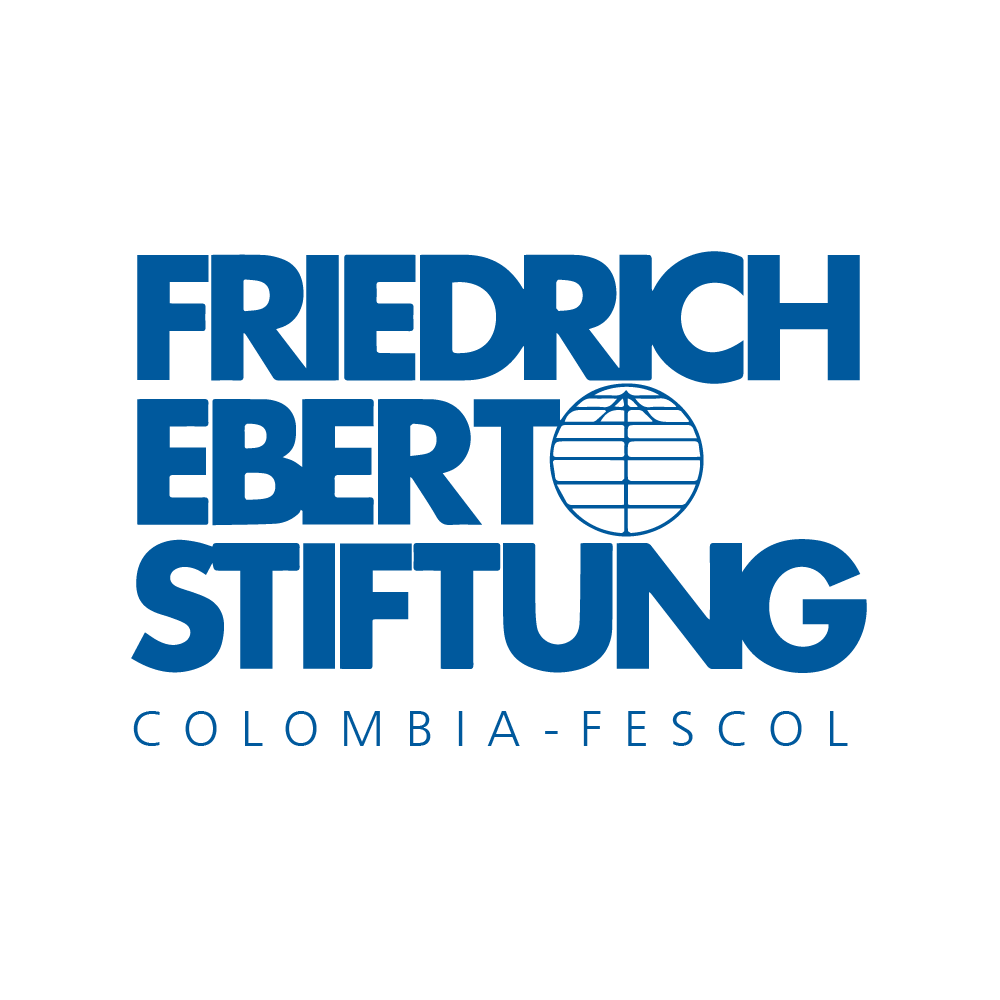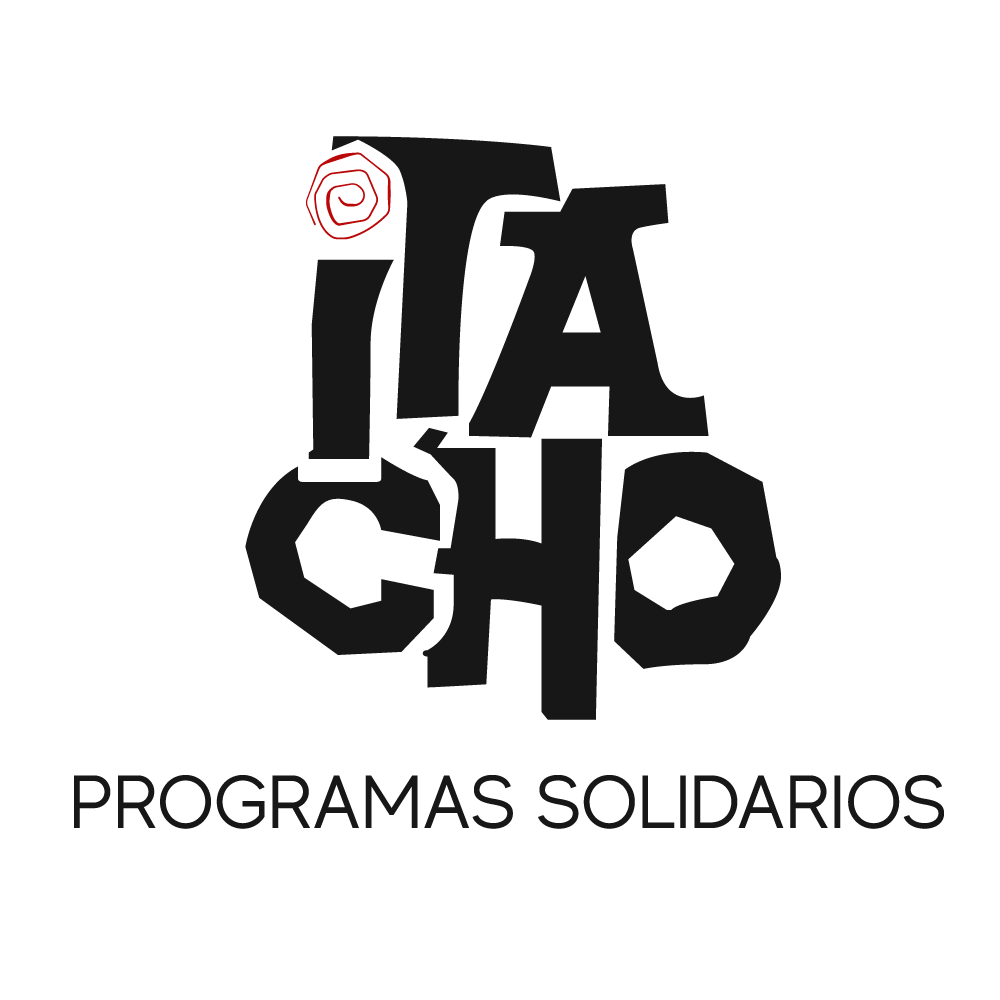No one said it would be easy. Closing the wounds caused by an internal armed conflict that lasted more than half a century and settling the debts that not only unleashed it but also the violence it generated loomed on the horizon as a titanic task that would need the support of the whole society.
However, the union as a country to welcome the end of a prolonged armed confrontation was not achieved and the task of implementing what was agreed in Havana, Cuba, became much more complex because different sectors were in charge of putting sticks to that wheel that advances, with many difficulties, on a steep uphill slope.
The result of the plebiscite of October 2, 2016, which was intended to endorse the agreement reached by the delegates of the government of Juan Manuel Santos (2010-2018) and the former FARC guerrillas, after more than four years of intense negotiations, marked a breaking point where the future implementation began to crack.
That day, with a minimal difference (50.21 percent of the votes were negative), the No vote was imposed. Quickly, the negotiators listened to the opponents, included several modifications in the Peace Agreement in response to their demands and the final text was endorsed in the Congress of the Republic.
This process allowed on November 24, 2016, for the second and final time, President Santos and the former head of the FARC, Rodrigo Londoño, to sign the Final Agreement for the Termination of the Conflict and the Construction of a Stable and Lasting Peace. From then on, the implementation process began through the issuance of laws and decrees to give it constitutional protection, but the legitimacy of this pact was shrouded in a supposed cloak of doubt.
The opposition to the Peace Accord, led by the Democratic Center party, which has governed the country since August 7, 2018, and whose head is former President Álvaro Uribe Vélez (2002-2010), has been frontal and became one of the main obstacles to the implementation of the Peace Accord.
Their animosity began, even, since the negotiations were made public and as a strategy to delegitimize the process, they instilled lies to arouse fear in Colombians and make them vote “verracos” the plebiscite, as recognized by the manager of the No campaign, Juan Carlos Vélez, then trusted man of the former president.
President Santos also has his share of responsibility in the rarefied and polarized atmosphere of the plebiscite. He did the same as his opponents, qualifying as “enemies of peace” those who had objections to the negotiations and also appealed to fear, warning about the possible passage from a rural to an urban war, if the Havana Pact did not materialize.
Once the Peace Agreement, consigned in 310 pages, started to land in reality through the issuance of norms in the Congress of the Republic, the opposition continued imposing obstacles and fears, and alluded to various strategies such as breaking the quorum of the legislative sessions so that the necessary votes for its approval would not be reached.
The main casualty of that strategy was the creation of 16 seats in the House of Representatives for the victims of the conflict, which was sabotaged in that way on November 30, 2017, alluding that in reality those seats would be managed by armed groups. Only until May of this year, that measure found the green light in the Constitutional Court, which established that, despite the political moves of the Democratic Center, it did reach the number of votes needed to fulfill that promise to the victims.
On June 17, 2018, the Democratic Center became the governing party, after its candidate, Iván Duque Márquez, was elected as President of the Republic. From that moment on, being at the head of the Executive, the opposition to the Peace Agreement had more weight.
One of his most drastic decisions was to object to six articles of the Statutory Law of the Special Jurisdiction for Peace (JEP), created to investigate and punish former FARC guerrillas and members of the security forces responsible for human rights violations during the armed conflict.
As it happened with the seats for victims, in March 2019 the Congress of the Republic was the scenario where the struggle between opponents and supporters of the Peace Agreement was fought. Finally, a couple of months later, after a long process of attrition, polarization and delegitimization of the institutionally created by the Havana Pact, the Constitutional Court ended up burying the pretensions of President Duque and his coalition in the Legislative.
These two attempts to reform sensitive points of the Peace Agreement, related to the victims of the armed conflict, show the adversities that its implementation has suffered from the political point of view.
To these are added the constant illegitimacy of the governing party. One of the most recent cases is that of former president Uribe Vélez, who decided not to appear before the Truth Commission (CEV), but to talk to its president, Jesuit priest Francisco de Roux, in one of his farms and under his conditions, alleging that he did not grant legitimacy to that entity because it was created by an agreement that the plebiscite of October 2016 rejected.
That stance has permeated different sectors of society and sharpened polarization, putting more sticks in the wheel of the implementation of the Peace Agreement. However, the disunity has not only been on the part of society and the Colombian ruling class.
The Peace Accord was also rejected by some members of the then FARC before it was signed and they decided not to lay down their arms. Some of the most visible exponents of this situation are ‘Gentil Duarte’ and ‘Iván Mordisco’, who created the first FARC dissidents, perpetuating the violence in the Eastern Plains.
They were joined by other dissidents in different parts of the country, mainly in the southwest. But the most certain blow that undermined confidence in the Peace Accord came from ‘Iván Márquez’, ‘Jesús Santrich’, ‘El Paisa’ and other important former guerrilla leaders who participated in the negotiations in Havana, who, at the end of August 2019, announced their return to arms alleging serious breaches by the national government and forming an armed organization that they called Second Marquetalia, assuming with that name the continuity of their founding milestone of May 1964, when the guerrilla that would later adopt the name Revolutionary Armed Forces of Colombia (FARC) was born.
Along with these critical circumstances, the implementation has taken place in the midst of a race that seems to be winning criminality over institutionalism. The territories left behind by the former FARC on their way to disarmament and reincorporation into legal life were soon monopolized by new and old armed groups, which reproduced new cycles of violence and territorial control, so that the promise of non-repetition of violence did not last more than a year.
Other sticks in the wheel are what some analysts and regional leaders call a gradual implementation according to the interests of the national government, which has taken the provisions of the Peace Agreement more as government policies than State policies distorting the spirit of the agreement.
Some cases that exemplify the above are the creation of the Plan for Timely Attention (PAO), to the detriment of the National Commission for Security Guarantees (CNGS), which excludes civil society representatives from making decisions that guarantee the lives of human rights defenders; the creation of the Custom-Made crop substitution program, when the Executive alleges that there are no resources to fully comply with the Comprehensive National Program for the Substitution of Illicit Crops (PNIS); and raising the banner of the policy of Peace with Legality, when in fact the Peace Agreement should be promoted in a general manner.
On the other hand, although the Duque administration presents balance sheets with billions of dollars in investments and high management indicators, representatives of communities hard hit by the war warn that these figures do not correspond to reality.
For example, leaders of Afro-descendant and indigenous communities argue that, in terms of land formalization and adjudication, the Executive claims the delivery of thousands of hectares through the Land Fund, created by the Peace Agreement, but that in reality they correspond to claims that are not related to the Havana Pact. And they argue that this indicator is impossible because five years later, the ethnic account has still not been created in the Land Fund to acquire land. Meanwhile, the national government considers that this is a “political and legal discussion”.
However, despite the difficulties, the implementation of the Peace Agreement has green shoots. Some of them are that the majority of former FARC combatants remain firm in their process of reincorporation to legal life despite the lack of security guarantees -more than 290 have been murdered- and delays in the creation of their productive projects.
In addition, the Integral System of Truth, Justice, Reparation and Non-Repetition presents tangible results for the victims of the armed conflict, who are the reason and center of the Peace Agreement. Although it has not issued sentences to date, the JEP has issued 50 thousand judicial decisions and made significant progress in the areas of kidnapping, extrajudicial executions and illegal recruitment; the Truth Commission has heard as many people as possible in different corners of the country to work for reconciliation and build its Final Report; and the Unit for the Search for Disappeared Persons built, hand in hand with communities, its search plans.
However, the U-turn of some former FARC leaders has also contributed to fissure the confidence in the implementation of the Peace Accord. While the sentences of the JEP are being issued, Sandra Ramírez and Rodrigo Granda have launched derogatory phrases about the hostages they held for years in captivity: the former indicated that they had comforts and the latter that they did jobs at their own request. In view of this, various social sectors are demanding truth, justice and reparation.
In these five years, beyond the budgetary shortcomings and the difficulties of the State to have a comprehensive presence in the Colombia of the peripheries, it has become clear that the biggest problems for the implementation of the Peace Agreement come from the lack of understanding of its ruling class, which has not been able to live up to the historical moment the country is going through and has given more weight to its political calculations, exacerbating polarization and creating potholes in the path towards the construction of a stable and lasting peace.
To learn in depth how the implementation of the pillars of the Peace Agreement is progressing, we invite you to consult the articles in this special report.
Insert banner sent to the home page of The Winding Road to Implementation.




